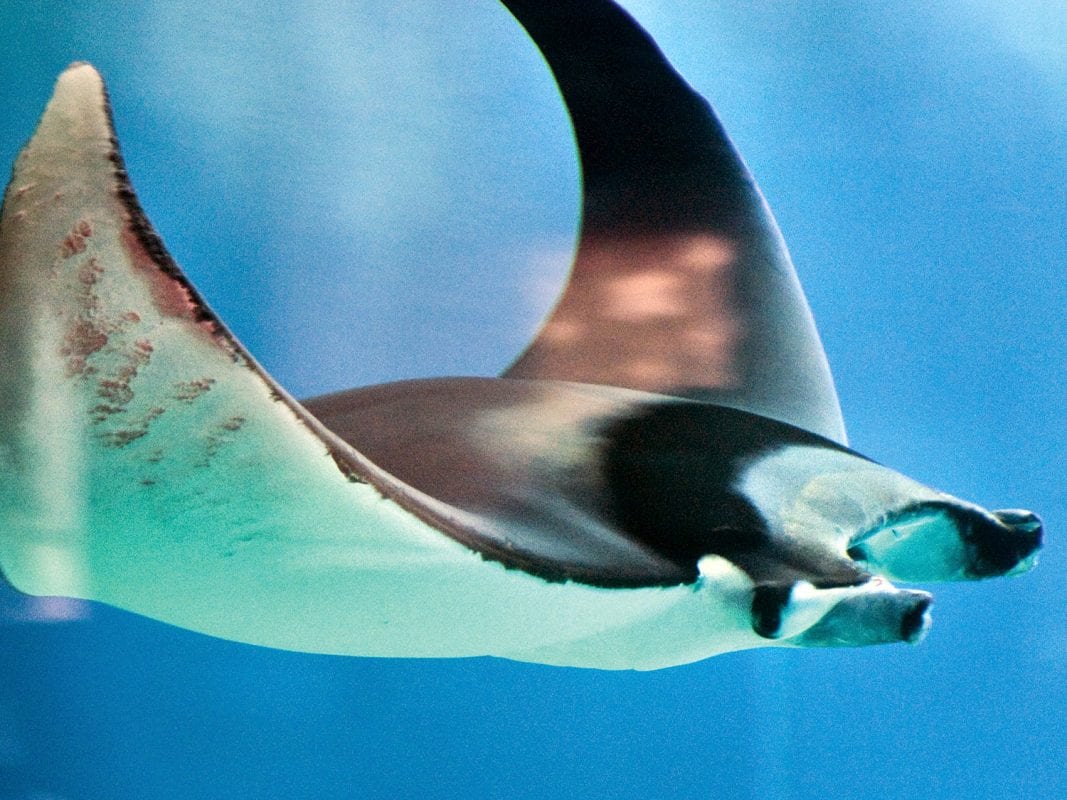When the Tampa Bay area acquired a major-league baseball team for St. Petersburg in 1995 and before the team began playing in the American League in 1998, owners opened up the naming process to the public. Some of the responses were “Aces,” “Bandits,” “Cannons,” “Stripes,” and “The Nine,” but officials chose The Tampa Bay Devil Rays. Some people objected to the “Devil” part of the name and others surmised that, because the Devil Ray fish likes the bottom of the sea, the team lived down to its name when it languished at the bottom of the rankings.
Around 2007, the team owner changed the name from “Devil Rays” to simply “Rays,” emphasizing, not the fish, but the sunshine rays that the area is known for. In fact, for 76 years, the local newspaper, “The Evening Independent,” was given away free on any day that the sun did not shine in St. Petersburg. It happened only 296 times in those 76 years.
In 2018, the team announced that, to honor its twentieth year in the big leagues, they would occasionally wear their old uniforms that sported the devil ray image swooping across the front of the uniform and use the name “Tampa Bay Devil Rays.”
Devil Ray Name
The fishy devil rays get their name from the appearance of their curled fins, which sometimes point down and look like devil horns sticking out from the fish’s head. The fish have been here a long time: 20 – 25 million years. They’ve also developed the ability to dive to depths of over a mile and stay there for over an hour, as well as to swim faster than 10 miles an hour, making them some of the fastest, deepest divers in the ocean.
Despite their menacing name, the fish are actually pretty harmless and shy. They feed on plankton and small fish. The female giant devil ray will actually be pregnant for over two years, at the end of which time she will hatch her eggs inside her body and then give birth to only one young pup.
If you’ve ever seen a devil ray leap high into the air, do twists and even belly flops, you will not soon forget it. They probably do this to communicate with each other, flee from predators, or remove annoying parasites. Devil rays, the fish, not the ballplayers, are on the endangered list and are under threat from boat traffic, pollution, habitat decline and fishing. They are often caught as by catch or from entanglement in nets, but fishermen seldom target the species.
So, if you catch a baseball game with the Rays or see the fish jumping in the ocean, think of the gorgeous fish pictured here.
Kevin McCarthy, the award-winning author of “South Florida Waterways” (2013 – available at amazon.com for $7), can be reached at ceyhankevin@gmail.com.
